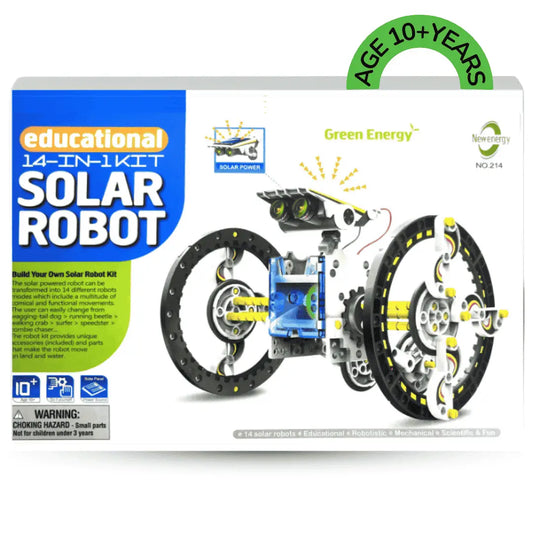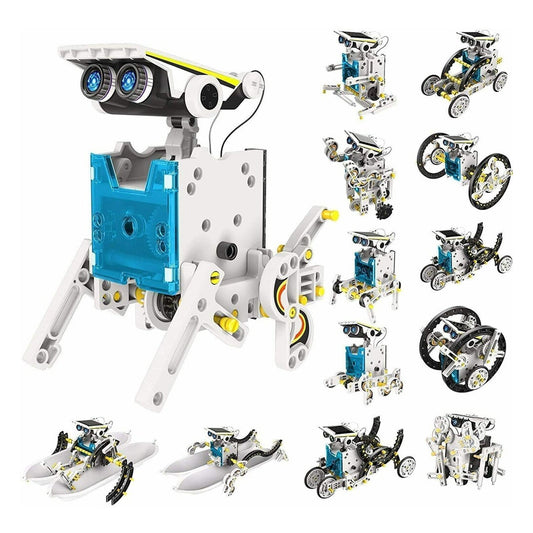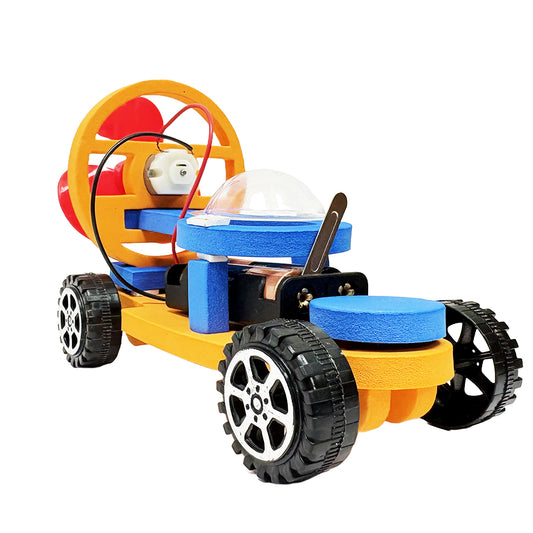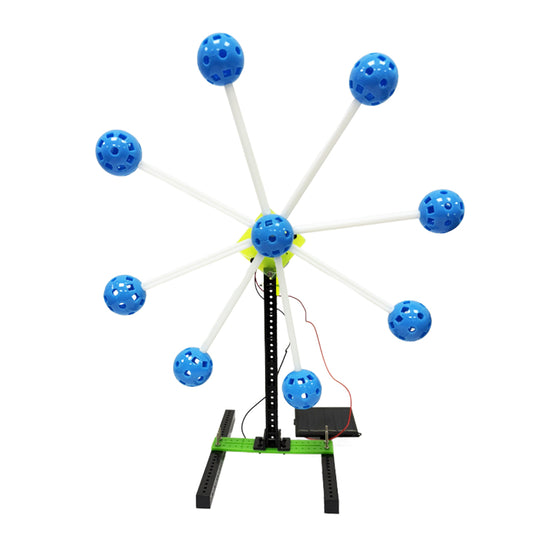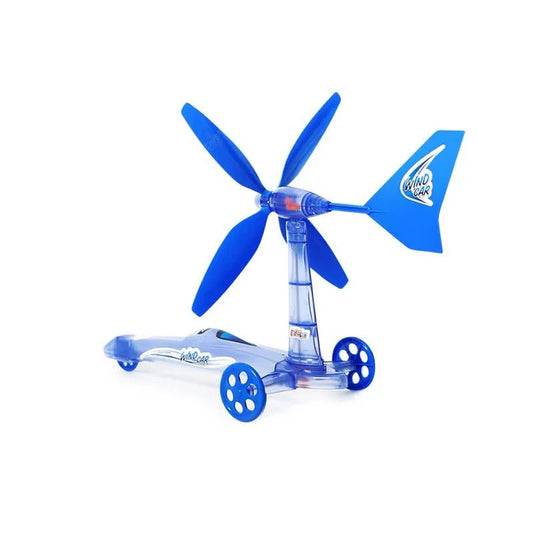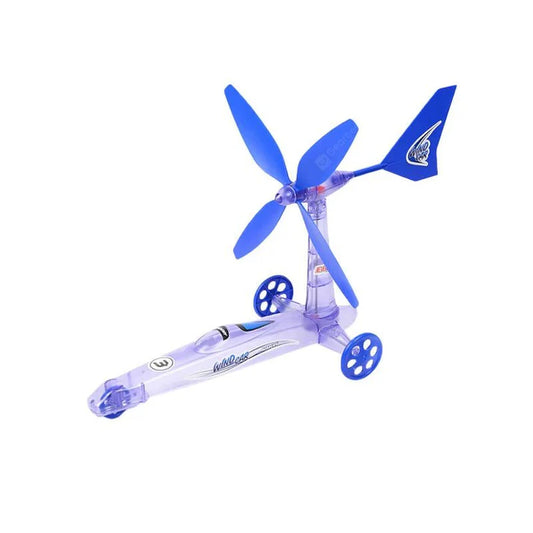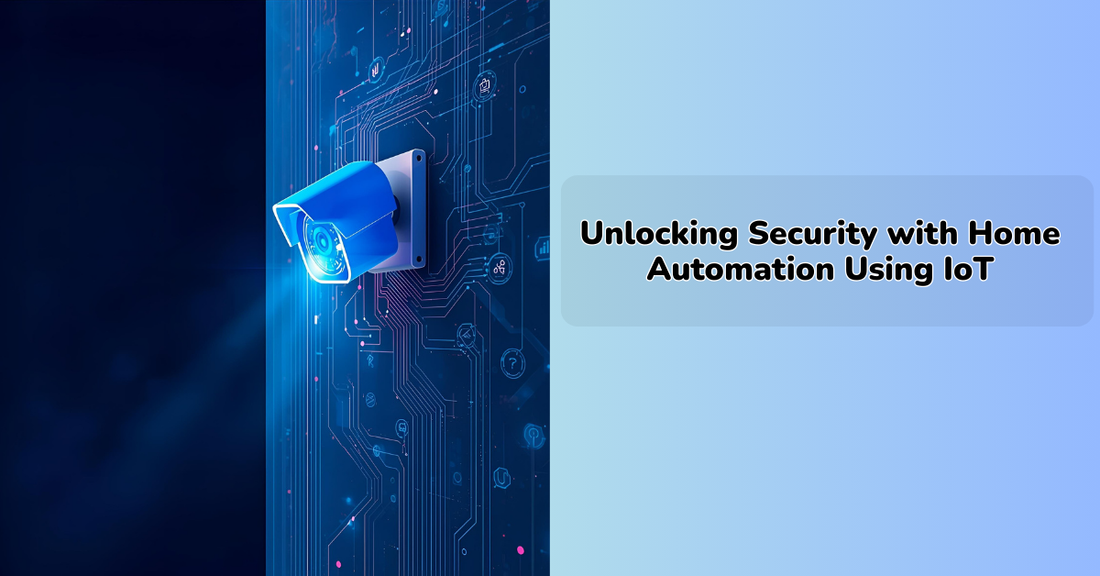
Unlocking Security with Home Automation Using IoT
IEM RoboticsWhat is Home Automation Using IoT?
The Role of Home Automation Using IoT
Benefits of Home Automation Using IoT
Smart Home Automation Using IoT
Home automation system using iot: Real-World Applications
Home automation using iot project: Why Students Love It
iot based home automation using raspberry pi
Comparing Smart Home Automation Systems and Platforms
How IoT Transforms Everyday Life
Final Thoughts
Security has progressed way beyond locks and keys in today's world. As home automation using iot is on the rise, our homes are getting smarter, safer, and more efficient. Among them, the face recognition-enabled smart door lock has proven to be a game-changer.
This lock does not just protect your front door. It combines biometric technology, artificial intelligence, and IoT connectivity to provide an intuitive experience. Rather than have to deal with misplaced keys or forgotten passcodes, you just approach your door and enjoy instant access.
What is so great about this system is that it can connect to a home automation system via IoT. Consider this: while your face is being recognized, the lights come on, the thermostat is adjusted, and your music starts playing. That's smart home automation via IoT in the future—a future where security and convenience are combined.
In this blog, we’ll explore how these smart locks function, their benefits, their role in IoT-based home automation using Raspberry Pi, and how IoT is transforming everyday life.
What is Home Automation Using IoT?
Home automation using IoT refers to connecting everyday devices and systems in your house to the internet. These devices can communicate with each other and with you, making life easier, safer, and more efficient. Instead of manually handling every task, IoT lets you control and monitor them remotely.
Here’s how it usually works:
Smart Devices Integration – Appliances, lighting, security systems, and sensors are connected to a central hub or cloud platform.
Data Collection and Communication – Devices share real-time data through the internet, enabling smooth coordination.
Automation and Control – Users can set rules, schedules, or triggers. For example, lights turn on when you enter a room, or doors lock automatically when you leave.
What makes IoT home automation special is its ability to create a personalized and secure environment. It is not only about convenience but also about energy efficiency, cost savings, and peace of mind. Many people even explore iot based home automation using raspberry pi as a cost-effective DIY solution, making smart living more accessible.
The Role of Home Automation Using IoT
A smart door lock is essentially a gadget at its basic definition, but it is far more capable once implemented in a home automation using iot project.
IoT (Internet of Things) is the interconnected network of physical devices with the internet, sharing information and collaborating with each other.
In home automation, IoT enables devices such as lights, thermostats, appliances, and locks to become intelligent enough to communicate and be remotely controlled.
When your smart lock is integrated into this system, it doesn't merely secure your house—it talks with other devices.
Imagine this: While you walk towards your door, the lock unlocks itself with your face recognition, the lights within turn on, the thermostat switches to your desired temperature, and your favorite music playlist begins playing. That's face recognition smart locks employing IoT technology.
Benefits of Home Automation Using IoT
The Home automation using IoT is not just about fancy gadgets—it’s about creating a home that is smarter, safer, and more efficient. By connecting devices like lights, locks, cameras, and appliances to the internet, you can control and monitor them from anywhere. Let’s look at the key benefits: .
Enhanced Security
Traditional locks and alarms are helpful, but IoT takes security to the next level. Smart cameras, motion sensors, and connected door locks let you keep an eye on your home in real-time, even if you’re miles away. You get alerts instantly if something unusual happens. .
Convenience and Comfort
Imagine walking into your home, and the lights turn on automatically, the temperature adjusts to your liking, and your favorite playlist starts playing. IoT makes daily life smoother and eliminates the hassle of managing everything manually. .
Seamless Integration
IoT devices work together as one system. For instance, unlocking your smart door can switch off the alarm, turn on the hallway lights, and even notify you that your kids are home safe. Everything works in sync to make life easier. .Remote Monitoring and Control
Whether you’re at work or on vacation, IoT keeps you connected. With just a tap on your smartphone, you can check if the doors are locked, adjust the thermostat, or even turn off the oven. It gives you peace of mind, no matter where you are. .
Energy Efficiency and Cost Savings
IoT doesn’t just make life easier—it saves money. Smart thermostats, lights, and appliances reduce unnecessary energy use by running only when needed. Over time, this adds up to lower bills and a greener lifestyle. .
Smart Home Automation Using IoT
An intelligent home automation with an IoT system stretches much more than locks. Let's see how this universe works:
Centralized Control – One app or one hub, and you can control lighting, heating, security, etc.
Personalization – Appliances learn your habits. Lights are dimmed at night, and coffee makers are activated in the morning.
Energy Efficiency – Automated systems save power by shutting off unused devices.
Accessibility – Voice commands and mobile apps simplify life for seniors or individuals with disabilities.
Once your face recognition smart lock is included in this system, it contributes to convenience and an additional level of security.
Home automation system using iot: Real-World Applications
The home automation using iot is no longer a futuristic dream—it’s here. Let’s look at practical ways it’s being used today:
Security Systems
Smart locks, doorbell cameras, and motion detectors work together to create a digital shield.
You can see who’s at the door from anywhere in the world.
Smart Lighting
Lights can adjust based on motion, time of day, or even facial recognition triggers. For example, your porch light could turn on as the smart lock detects your approach. .
Appliance Control
Ovens, refrigerators, and washing machines can be monitored and controlled remotely. This not only saves time but also ensures safety.
Climate Control
Smart thermostats adjust heating and cooling based on presence or patterns.
Entering your home through a face recognition lock could trigger your thermostat to start heating or cooling immediately.
Entertainment Systems
Home theaters, speakers, and TVs integrate into IoT, allowing personalized experiences as soon as you enter.
These practical uses demonstrate how iot based home automation using raspberry pi and other devices makes living spaces smarter, safer, and more comfortable.
Home automation using iot project: Why Students Love It
Students and technology aficionados adore a home automation using iot project because it is one of the most thrilling methods to learn contemporary technology. Projects may involve:
Connecting locks, lights, and sensors with Raspberry Pi or Arduino.
Developing apps to remotely manage these systems.
Testing face recognition algorithms for solving real-world problems.
This practical learning not only imparts coding and electronics skills, but also demonstrates how IoT is used to solve real-life problems.
iot based home automation using raspberry pi
An IoT-based home automation using Raspberry Pi is one of the most popular and feasible configurations. Raspberry Pi is a tiny, inexpensive computer that has flexibility, and hence it's ideal for smart home applications.
Integration – It is easily integrated with cameras, sensors, and relays to form a full-fledged IoT infrastructure. For instance, a face lock can activate lights or give alerts.
Programming Flexibility – Developers can utilize various methods to create and modify automation systems using Python, Node-RED, or cloud IoT platforms.
Cost-Effective – Raspberry Pi projects are affordable in comparison to commercially available solutions, perfect for students and hobbyists. .
Scalability – Begin with basic devices such as locks or lights and then move to a complete smart home with appliances, cameras, and even voice assistants. .
Community Support – There is a healthy worldwide community that offers tutorials, codes, and troubleshooting assistance, which facilitates experimentation. .
This blend of affordability, versatility, and support makes Raspberry Pi a great option for learning as well as constructing practical IoT home automation projects. .
Comparing Smart Home Automation Systems and Platforms
When designing a home automation system based on IoT, selecting the proper platform is as crucial as the devices you decide to utilize. Various platforms have dissimilar features, compatibility possibilities, and flexibility degrees.
Google Home
Google Home can seamlessly be integrated with Android devices and Google services. It has a broad range of compatible smart locks, cameras, and lighting solutions, making voice control possible for all with Google Assistant.
Amazon Alexa
Alexa is among the best platforms for home automation using iot. It supports thousands of devices and enables you to create routines—such as locking the door, switching off lights, and setting the thermostat—with a single command. .
Apple HomeKit
For Apple users, HomeKit is designed for smooth integration across iPhones, iPads, and Apple Watches. It emphasizes privacy and security significantly, offering a huge advantage for users concerned about data protection. .
Open-Source Platforms
Open-source platforms such as Home Assistant or OpenHAB are ideal for hobbyists and developers, offering greater levels of customization. They can be executed on a Raspberry Pi and are commonly utilized in IoT-based home automation using Raspberry Pi projects. .
Proprietary Systems
Firms such as Samsung (SmartThings) and Xiaomi provide integrated sets of devices intended to be used in unison. They are simple to install but may restrict flexibility over open-source systems. .
How IoT Transforms Everyday Life
IoT is not only about high-tech hardware—it is about transforming our daily lives. Even small-scale projects, like an iot based home automation using raspberry pi, show how powerful and practical this technology can be in everyday situations. Here's a closer look at its impact: .
Smart Security
Face recognition door locks, CCTV systems, and motion sensors all complement each other, providing a sense of security and peace of mind. Rather than questioning whether your home is secure when you are away on travel, you can monitor live feeds anytime. .
Energy Management
Smart thermostats, lighting systems, and appliances minimize unnecessary energy consumption. For instance, lights automatically switch off when you are not in the room, saving electricity bills.
Healthcare Benefits
Wearable IoT devices track heart rate, steps, and sleep. They send the data to healthcare providers, making it easier for preventive care. Elderly family members living at home can be tracked by IoT systems, which alert you during emergencies. .
Convenience in Daily Life
Walk into your house, and everything becomes comfortable for you. Doors open, lights come on, and your favorite playlist starts. This is no luxury now—it's possible with IoT. .
Remote Monitoring and Control
From offices to residences, IoT enables you to control everything from afar. Did you forget to lock the door? Just tap on your phone. Want to know whether your children reached home safely? See the records from your face recognition lock. .
IoT has become such an integral part of our lives that life without it seems lacking. .
Final Thoughts
Face recognition smart door lock is not a gadget. It's one step in a much bigger trend toward home automation using iot. Through the integration of security with convenience, it is an example of how technology is becoming perfectly incorporated into our daily lives.
From home automation based on IoT to IoT projects utilizing Raspberry Pi, these examples reveal how connected devices are shaping the future of living. And as we've seen, IoT isn't all about tomorrow—it's already upon us, transforming how we secure, manage, and interact with our homes.

